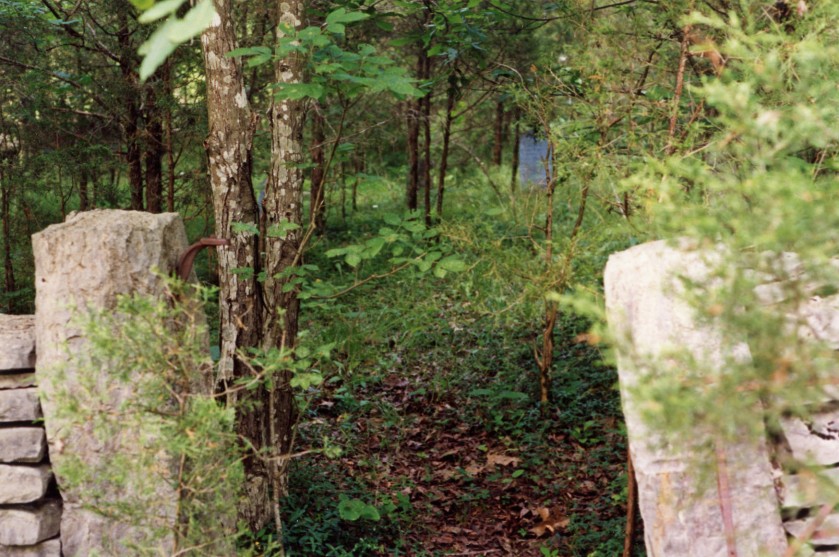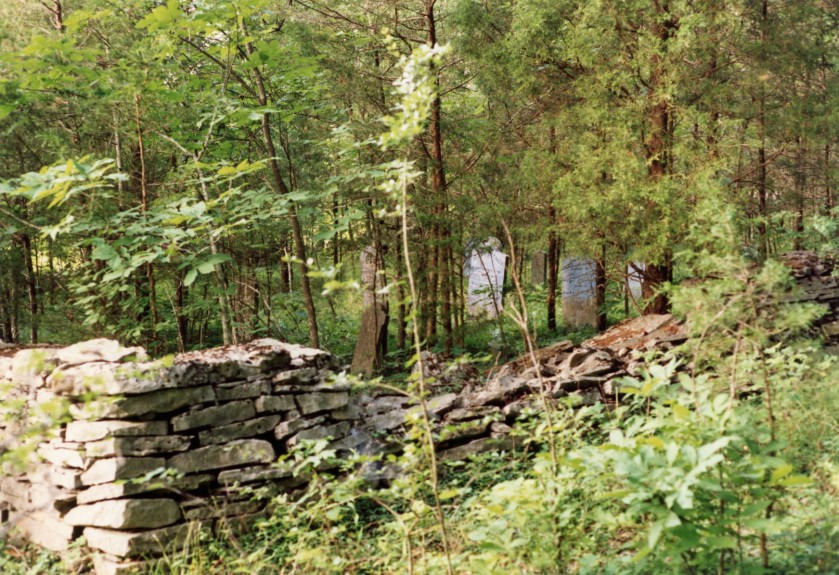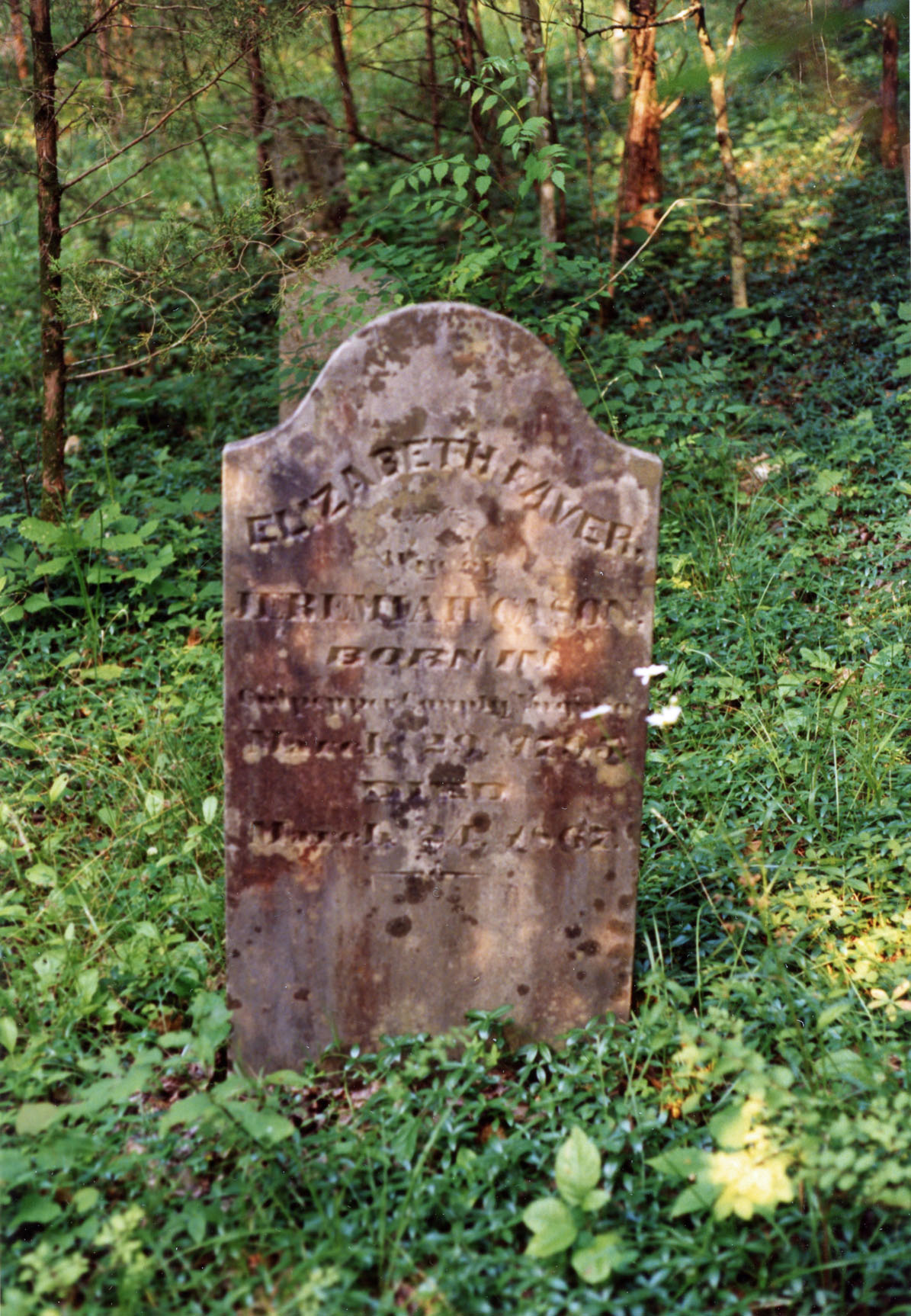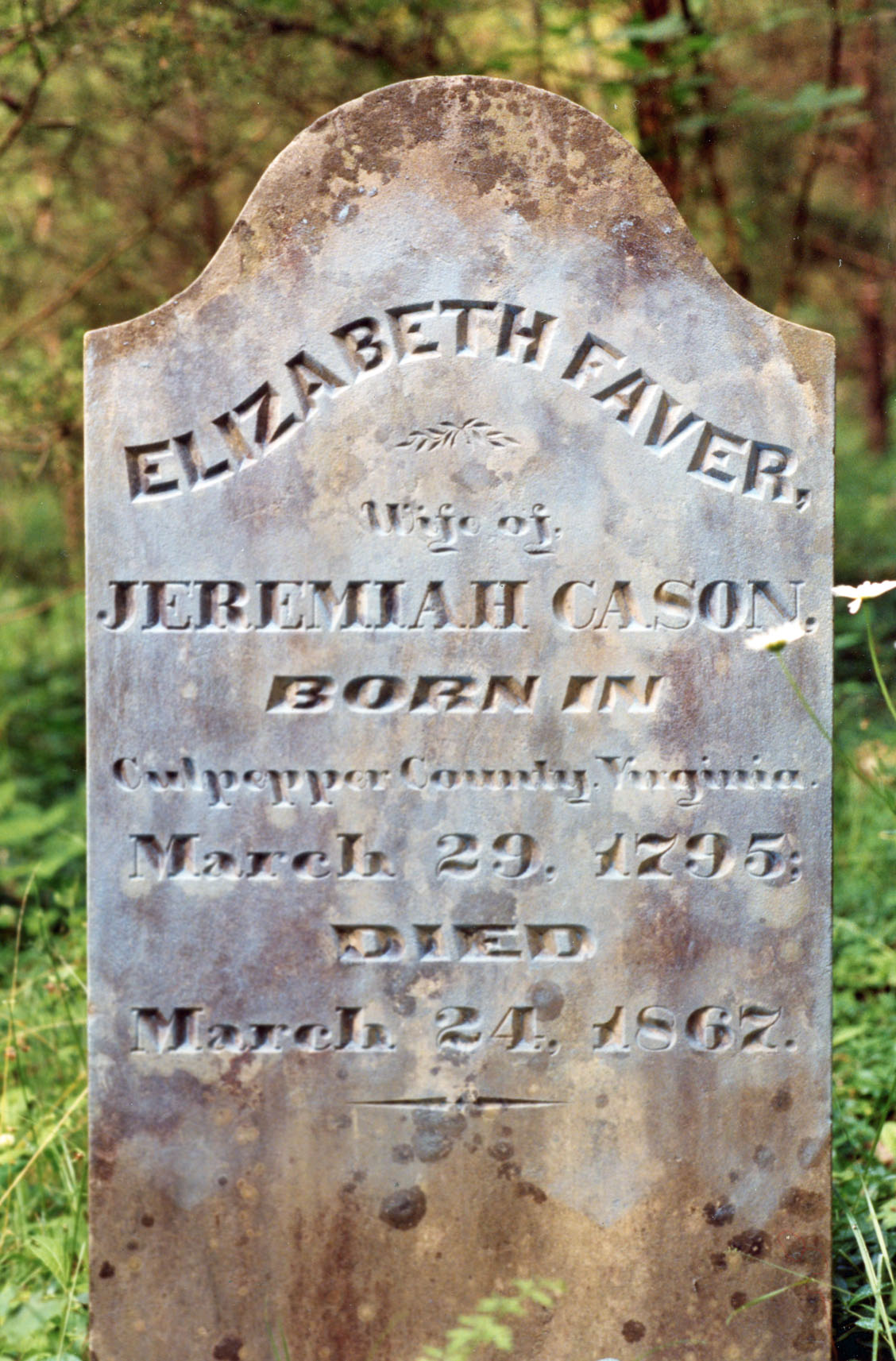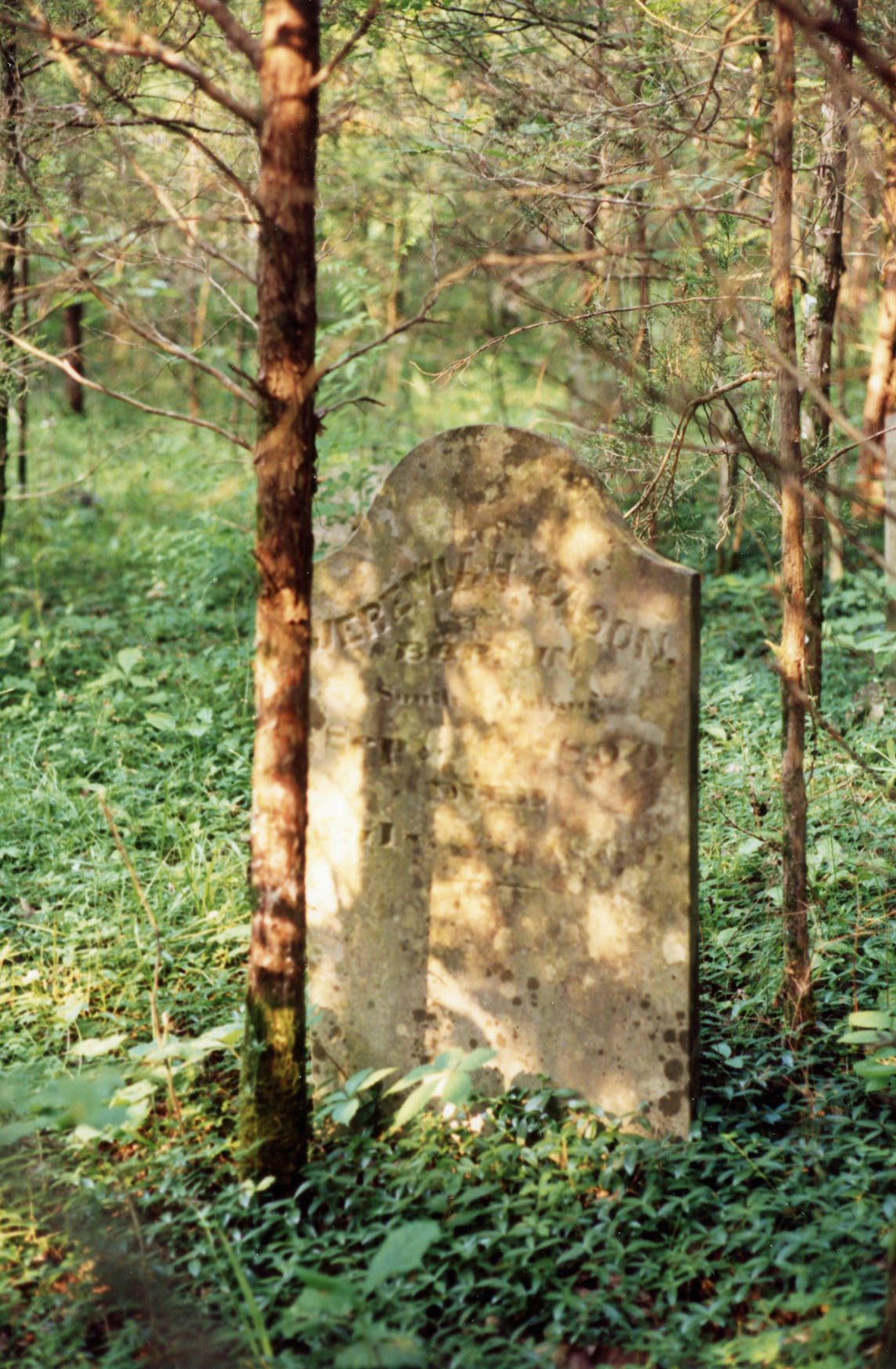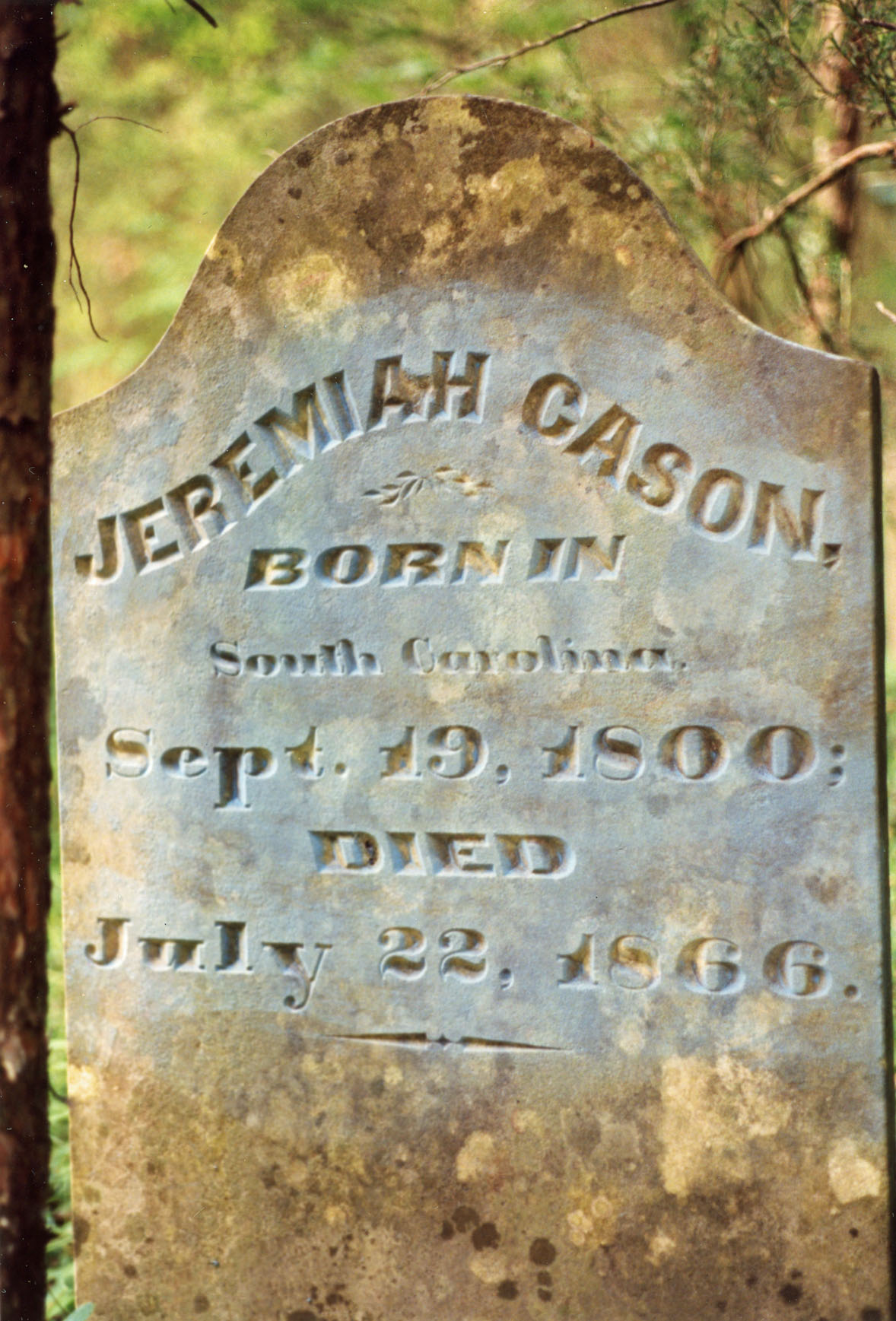At the Cemetery – 52 Ancestors in 52 Weeks
Jeremiah H. Cason is one of my most colorful and interesting ancestors. My great-great-grandfather was a missionary to Africa in 1856, a Chaplain and Captain in the Confederacy who lost an arm, and a Baptist preacher for over 60 years. Last year, I talked about his wife, Bettie Cooper Cason and at some point, I will tell more of J.H. Cason’s story. But this week, our theme is “At the Cemetery”.
I started in genealogy in the late 1980s. I remember my grandmother, Mary Higgs Wren, showing me the Bibles she had that belonged to her grandparents, Jere and Bettie Cason. She also had the Bible that belonged to her mother Lida Cason Higgs. When my grandmother died, all these Bibles passed to me.
In the front of her own Bible, Lida Higgs Cason added dictation of what her father was saying as he slipped from life to death. His health had declined for the better part of a year. In his last month or so, his mind had also slipped away. Lida wrote to her friend Ida that by the time she (Lida) was able to reach her father’s side, he was no longer able to recognize her. But he spoke of his childhood and Lida captured it in her Bible:
Jere talks about his family, how his ancestors had come to Middle Tennessee years before. He talked about the family farm and the family graveyard at the foot of the hill. He said:
Thomas settled the McGrady farm on Fall Creek, where the Nashville & Cainesville public road cross the creek. The old Cason grave yard is on that farm. The crossing is one mile below the old Smith Mill. … Jere Cason married Elizabeth Favor, Limestone Co, Ala, & bought the old McGrady farm. He lived & died on it & was buried there. At the foot of the hill, where he is buried, you can see the creek for a mile.
Here the years slipped away from my father. He forgot he was dictating to me and wandered again over the old place, telling me of many of its nooks & corners, his favorite places as a boy and young man, where he first took my sweet mother, to proudly show his father & mother his choice.
A few years afterward, early in my genealogical career, I was pleased to meet J. Merritt Graves, a cousin and Cason researcher who knew Wilson County well. Merritt took me to see the old Cason cemetery. It was past the end of a gravel road. Once the road gave out, you had to walk through the woods, down an old path and fence row that appears to have been a road, for about a quarter mile.
When we got to the cemetery, it was just as Jere Cason had described on his deathbed. It was tucked at the bottom of a hill, and from there, you could look back up the valley of Fall Creek for a long way. The old cemetery was surrounded by a stacked stone wall, about three feet high, with a long-rusted gate at its opening.
Most of the cemetery was grown over, but the stone stood proudly upright, like the people that they remembered. There were stones for Jere and Bettie Cason, several of their children and many members of the children’s families.
I think it’s fascinating that Bettie Faver Cason’s stone lists her name as Elizabeth Faver, wife of Jeremiah Cason. It seems like there was a lot of pride in being a Faver.
Ultimately, even though he talked about his old home place and the cemetery there, when he died in June 1915, Jeremiah H. Cason was not buried in Wilson County, Tennessee. Instead, he was buried in Royce City, Rockwall County, Texas, alongside his wife, Bettie Cooper Cason. Bettie had preceded him in death in 1901. She has a large, impressive marker in the small-ish cemetery of ordinary markers.
Lida wrote to her best friend, Ida, shortly after her father’s death. In this letter (which I suggest you read in full), she talked about how Jeremiah had already selected his monument and was prepared to cross over to the life he was certain of after his death:
Soon after Mamma’s death, Papa had his monument made just like hers. He had all the inscriptions put on it but the date of his death. It was a source of great satisfaction to him the rest of his life – that it was prepared just as he wanted it done. He had no fear of death but enjoyed life. He had many times given us minute directions about the way he was to [be] laid to rest. He had an agreement of years standing with a preacher friend, a lifelong friend, that whichever one survived the other, the other should conduct the funeral service. That also was carried out.
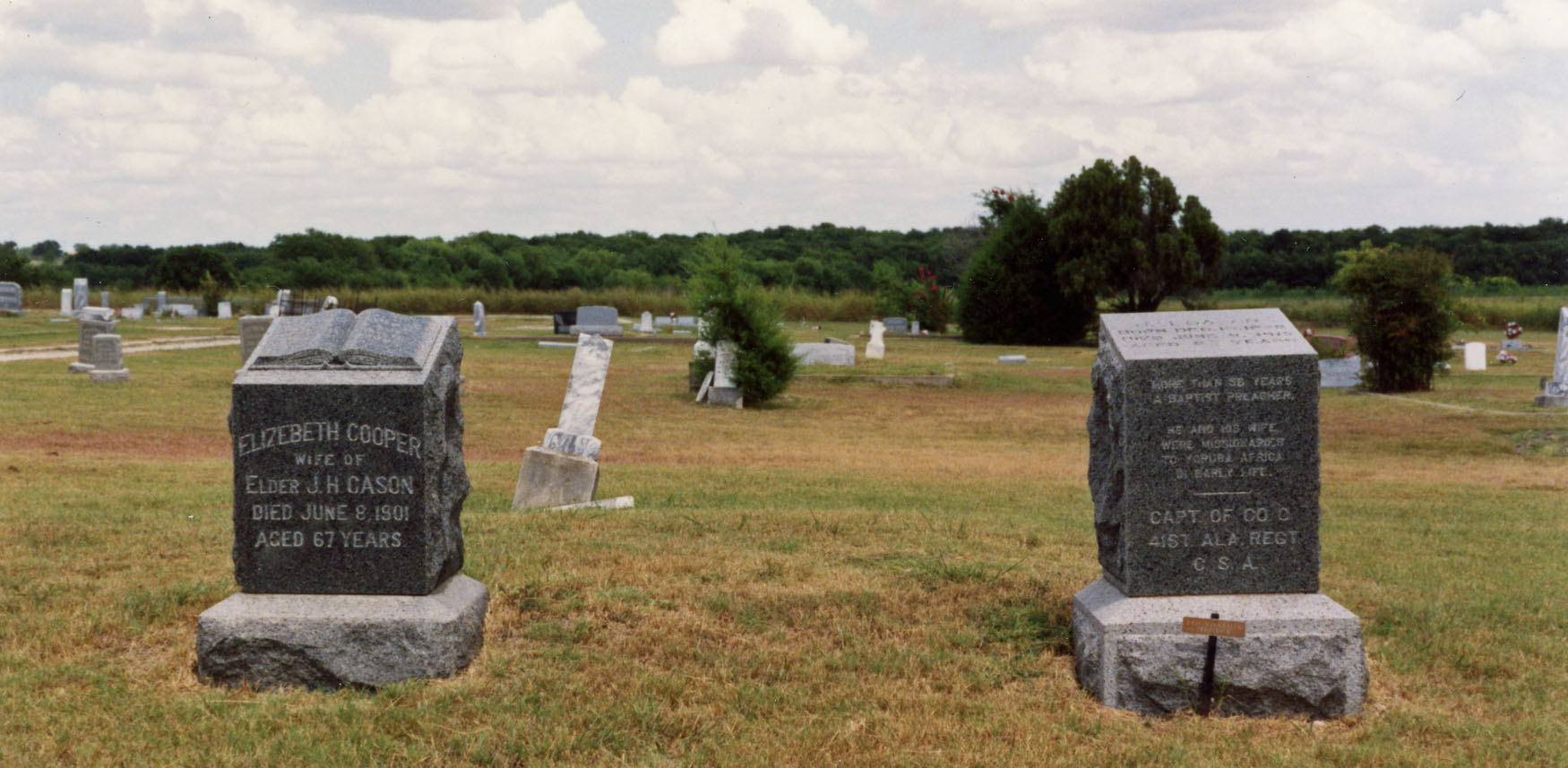
With a start like this to my genealogical career, with ancestors who left Bibles and letters and amazing stories, how could I not be hooked? From that time on, I was stuck on genealogy like the ticks I found on my socks in the cemetery.
Since then, there have been many trips to many cemeteries. At each one, I try to imagine what kind of people these ancestors would have been. How they would have treated the people around them. What their life was like. What the place they lived was like when they were there. Many people think of the cemetery as a place only for the dead and for the grieving. True that grieving is certainly a part of many people’s cemetery experience. But, for me, it’s a place where I try to understand the lives of those who have gone before me.



